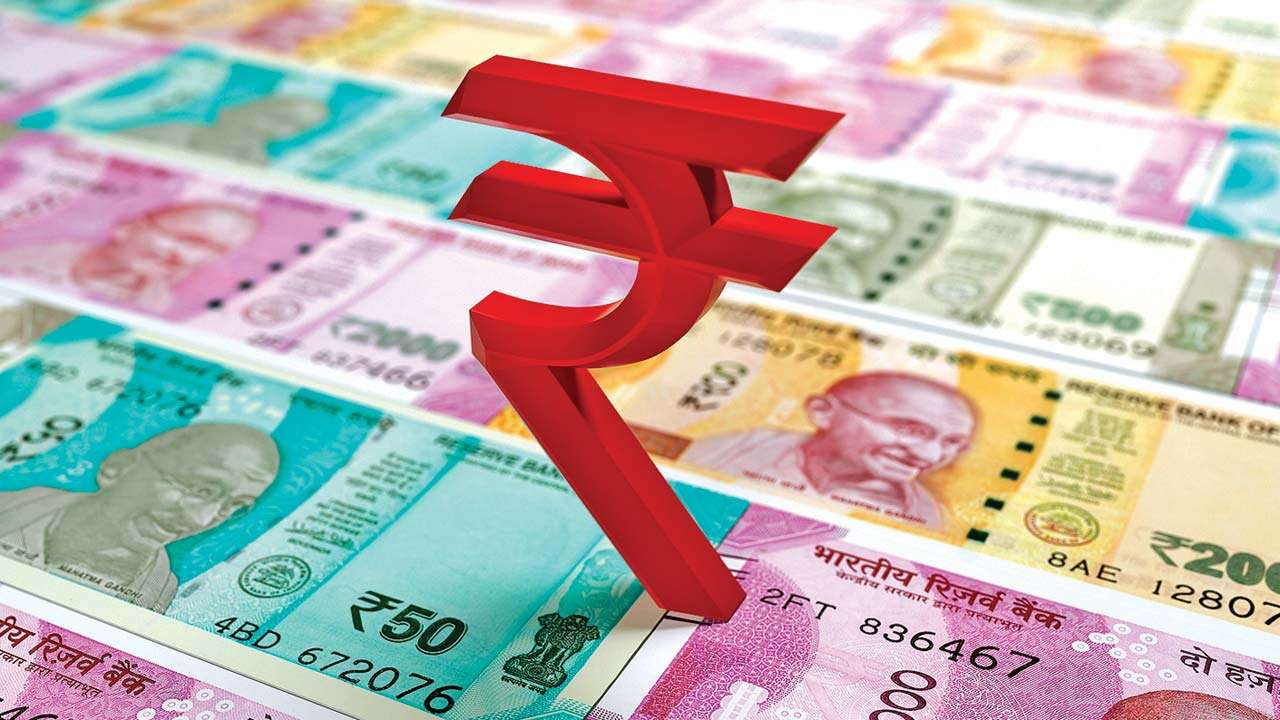
Global risk appetite softened as the US Fed reinforced its tightening bias and oil prices surged, ahead of the November 4 US oil sanctions on Iran. The US-China trade war rhetoric escalated and the EU-UK Brexit talks meandered. On the positive side, the US-Mexico-Canada (USMCA) trade pact and a fruitful Koreas’ summit were wrapped up.
The US Fed Reserve expectedly hiked interest-rates by 25 bps to the 2-2.25% band and removed the “accommodative” reference. It bumped up growth forecasts and anticipated 5 more hikes in this tightening cycle. This pushed the US 10 year yields to 3.26%, a 7-year high. This and trade war fears pushed the dollar index above 96. But early-November US mid-term elections, peaking CPI inflation (softened yields to 3.14%) and retracing stock markets will restrain the uptrend.
The euro marched to $1.18 on the ECB’s intent to conclude its asset purchase program by end-2018. Italy’s debt, fiscal plans and its future ties with Europe, will now dictate the near-term euro trend.
 The pound swung between $1.33 and $1.29, to the UK-EU Brexit talk headlines. Higher US yields and “low for long” reiteration by the BoJ pushed the yen past 114.50/U$. But post the Golden week holidays, increased anti-China trade rhetoric pulled the yen back to under 112/U$.
The pound swung between $1.33 and $1.29, to the UK-EU Brexit talk headlines. Higher US yields and “low for long” reiteration by the BoJ pushed the yen past 114.50/U$. But post the Golden week holidays, increased anti-China trade rhetoric pulled the yen back to under 112/U$.
The rupee slumped (nearly 15% in FY2019, so far), to a fresh all-time low of 74.4850 per dollar, as oil prices rose past $86p/b and the Fed pledged higher US policy rates. To reduce the current account deficit, the government imposed import duties on non-essentials. It permitted oil PSUs to access 3/5 year ECBs up to $10bn, relaxing the compulsory hedging requirement. It also cut excise duty on petrol/diesel by Re 1.5 per/litre, instructed PSU OMCs to absorb a Re 1 per litre burden and persuaded some states to cut by Rs 2.5 a litre.
At its monetary policy, the RBI unexpectedly left its policy rate steady at 6.5% with a 5-1 vote, emphasising its legislative mandate of inflation targeting. It also changed its stance to “calibrated tightening” from “neutral” by a 5-1 vote. While it kept “rate cuts off the table” it reduced its inflation forecasts out to Q1 2019. Later, the Election Commission announced assembly poll dates in 5 key states to be held between November 12 and December 7, with counting on December 11. However, RBI OMOs (Rs 36,000 crore in October), SBI’s intent to buy Rs 45,000 crore of NBFC assets, rebounding stock markets and lower oil prices ($81p/b) strengthened the rupee to 73.59/$.
As the RBI refuses to use interest rate defence to check rupee depreciation till it percolates into inflation, other influences namely, firm oil prices, hardening US interest-rates and impending state polls could push the rupee closer to 75/$ in the weeks to come.
Verbal intervention, policy measures by the government and actual intervention by the central bank will continue to provide the restraint.
The writer is president - group treasury and retail broking, Kotak Mahindra Bank Ltd